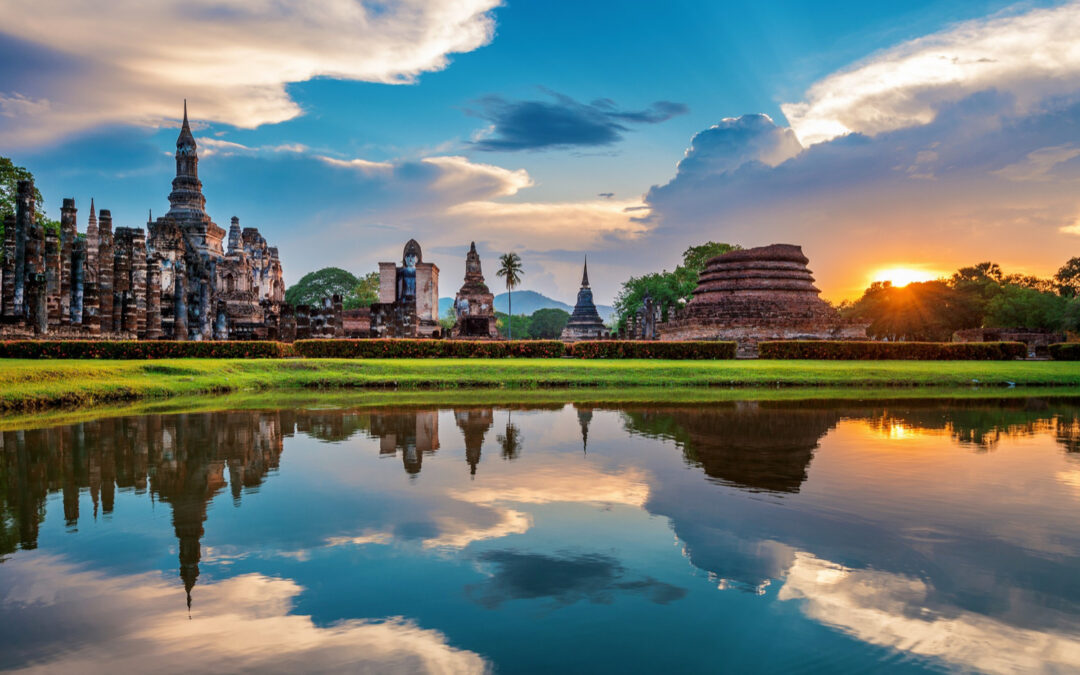Nestled in the southern tip of India, Rameshwaram stands as a testament to spirituality, history, and architectural brilliance. Known for its sacred temples, pristine beaches, and captivating culture, Rameshwaram beckons tourists from around the globe to immerse themselves in its divine aura. Let’s embark on a virtual journey to discover the charm and allure of this enchanting destination.
A Glimpse into History: Rameshwaram, steeped in mythological tales and historical significance, holds a special place in the hearts of Hindus. According to legend, this is where Lord Rama, the seventh avatar of the Hindu god Vishnu, built a bridge, famously known as Ram Setu or Adam’s Bridge, to reach Lanka and rescue his beloved wife Sita from the clutches of the demon king Ravana. This mythological backdrop adds a mystical aura to the town, making it a pilgrimage site for devout Hindus.
Top Attractions:
- Sri Ramanathaswamy Temple: The crowning jewel of Rameshwaram, this ancient temple is dedicated to Lord Shiva and is one of the twelve Jyotirlinga temples in India. Its majestic corridors, towering gopurams (entrance towers), and sacred waters of Agni Theertham (sea) draw devotees and tourists alike.
- Agni Theertham: A dip in the holy waters of Agni Theertham is believed to cleanse one’s sins and bestow blessings. The beach adjacent to the temple offers serene views of the sunrise and sunset, creating a tranquil ambiance for meditation and relaxation.
- Dhanushkodi: Situated at the eastern tip of Rameshwaram, Dhanushkodi is a ghost town with a haunting yet captivating allure. Once a bustling trading hub, it was devastated by a cyclone in 1964, leaving behind remnants of its past glory. Visitors can explore the eerie ruins and witness the confluence of the Indian Ocean and the Bay of Bengal.
- Rama Setu (Adam’s Bridge): Spanning between Rameshwaram in India and Mannar Island in Sri Lanka, Rama Setu is a natural limestone bridge shrouded in mythology. Although not readily accessible, its existence serves as a reminder of the epic Ramayana and continues to intrigue researchers and tourists alike.
- Kothandaramaswamy Temple: Located on the outskirts of Rameshwaram, this temple is believed to be the site where Lord Rama performed the last rites of King Ravana’s brother, Vibhishana. Surrounded by scenic landscapes and serene vibes, it offers a peaceful retreat away from the bustling town center.
Cultural Delights: Apart from its religious significance, Rameshwaram is a melting pot of culture and tradition. The town’s cuisine, predominantly vegetarian, tantalizes the taste buds with its aromatic spices and flavors. Don’t miss out on sampling local delicacies like dosa, idli, and seafood dishes prepared with fresh catch from the surrounding waters.
Practical Tips for Tourists:
- Best Time to Visit: The ideal time to explore Rameshwaram is from October to April when the weather is pleasant, and the monsoon rains have subsided.
- Accommodation: Rameshwaram offers a range of accommodation options, including budget hotels, guesthouses, and luxury resorts, catering to every traveler’s preferences and budget.
- Local Transport: Auto-rickshaws and cycle-rickshaws are popular modes of transport for getting around the town. Alternatively, you can rent a bicycle or hire a taxi for more convenience.
- Respect Local Customs: As Rameshwaram is a sacred pilgrimage site, it’s important to dress modestly and respect local customs and traditions, especially when visiting temples.
Conclusion: A visit to Rameshwaram is not just a journey of exploration but a spiritual odyssey that leaves an indelible mark on the soul. Whether you seek divine blessings, historical marvels, or simply a tranquil retreat by the sea, Rameshwaram offers an enriching experience that transcends time and space. So, pack your bags, embark on this pilgrimage of the heart, and let the mystique of Rameshwaram captivate your senses.

